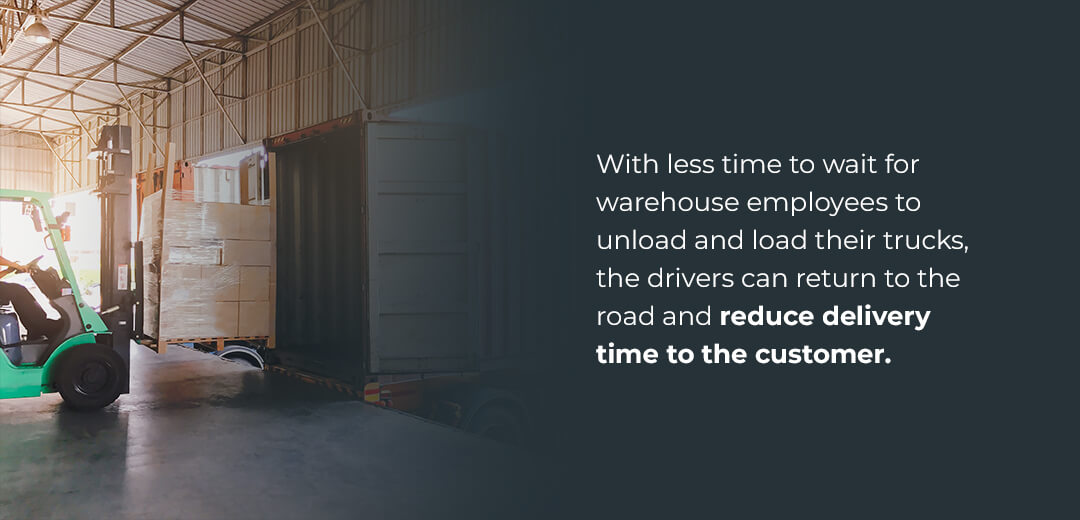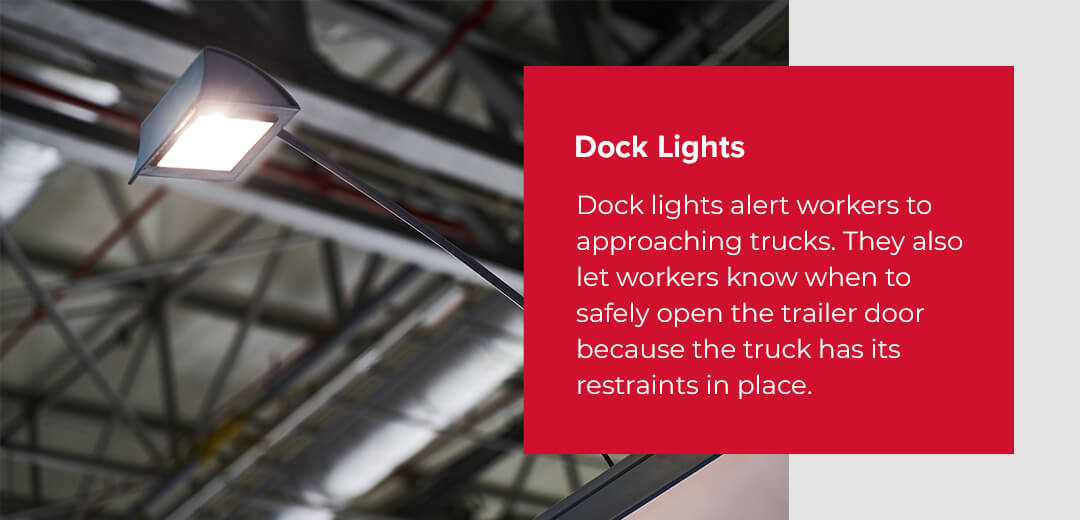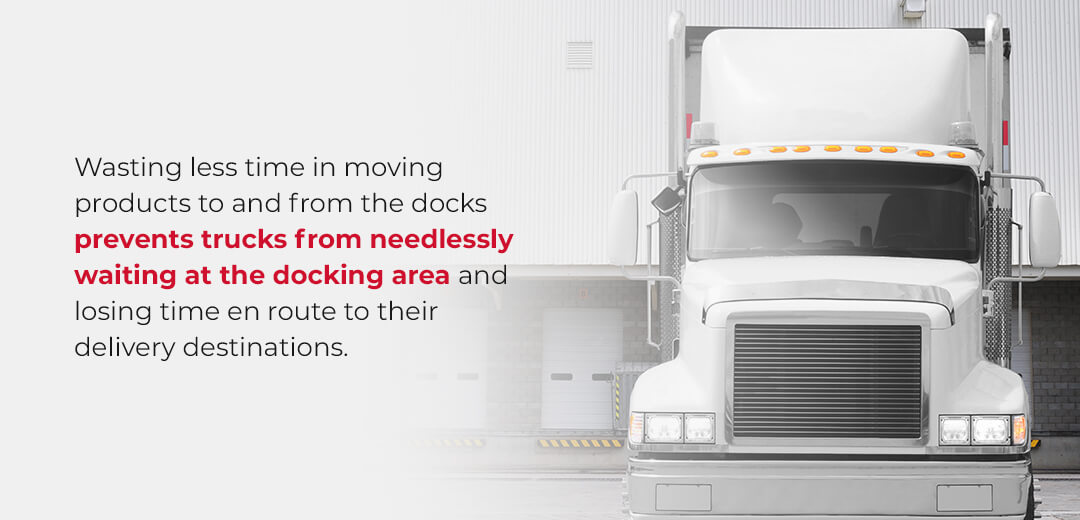The rest of the warehouse operations grind to a halt if the loading and unloading docks experience delays. Making this portion of the warehouse more efficient improves productivity throughout the facility. Put safety and speed at the forefront of planning dock operations to unlock greater productivity from this part of the warehouse.
Looking to improve the efficiency of your loading dock? Contact VPS to learn more about how our distribution center canopies can protect your workers and goods.
Read the full article or skip to a specific section:
- The Value of Optimizing Warehouse Loading and Unloading Procedures
- 9 Loading and Unloading Best Practices
- Benefits of Warehouse Efficiency
- How Loading Dock Canopies May Improve Efficiency
- Contact VPS to Learn More About Loading Dock Canopies for Distribution Centers
The Value of Optimizing Warehouse Loading and Unloading Procedures
Operations at the loading dock set the tone for warehouse and logistics efficiency. Streamlining the loading and unloading process reduces the time wasted by workers, drivers, and products waiting in the area.
When truck drivers arrive at a prepared loading dock, they don’t spend as much time waiting for their vehicle to have products unloaded or loaded. With less time to wait for warehouse employees to unload and load their trucks, the drivers can return to the road and reduce delivery time to the customer. Starting the delivery trip with faster loading minimizes the chances of trucks leaving the warehouse late.
Dock operations impact the warehouse operations just as much as they do the truckers’ schedules. Unloading times set the pace for products moving around the warehouse. Delays in getting products off the truck can create additional setbacks in sorting and stocking the goods. During hectic times when products take a through route from the unloading directly to the loading docks, delays at either location can prevent timely order completion.
To support faster turnaround times, the crews working at the loading and unloading docks need to operate at peak efficiency and have support from a perfectly orchestrated team inside the warehouse.



